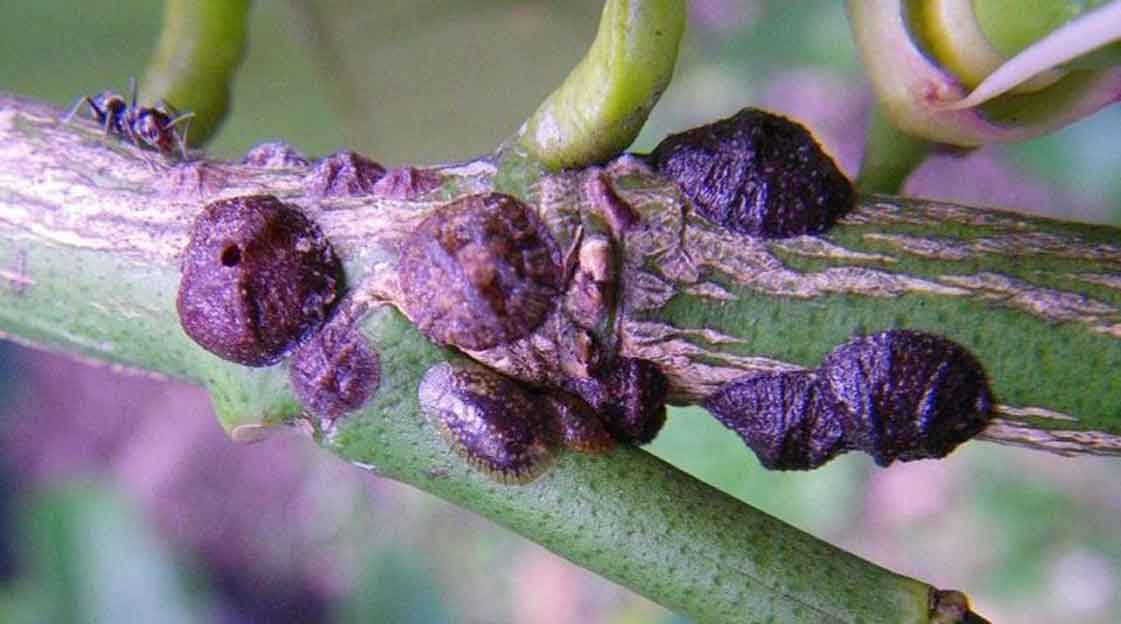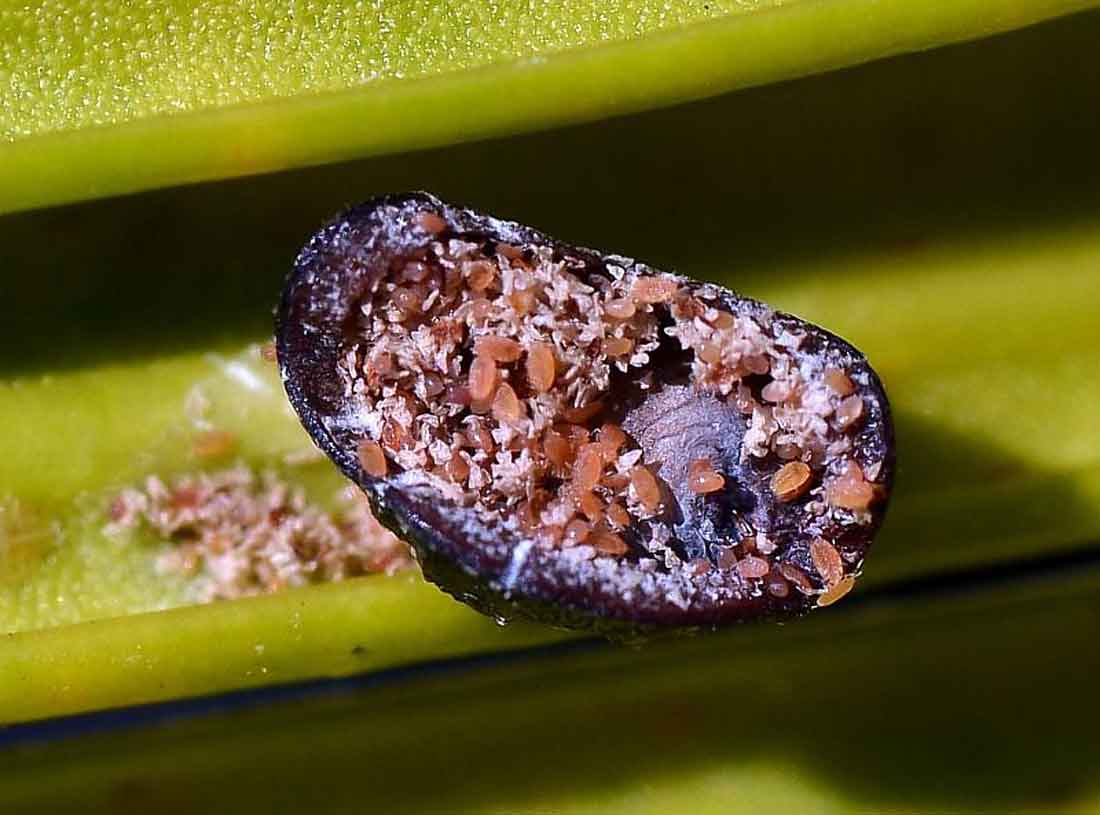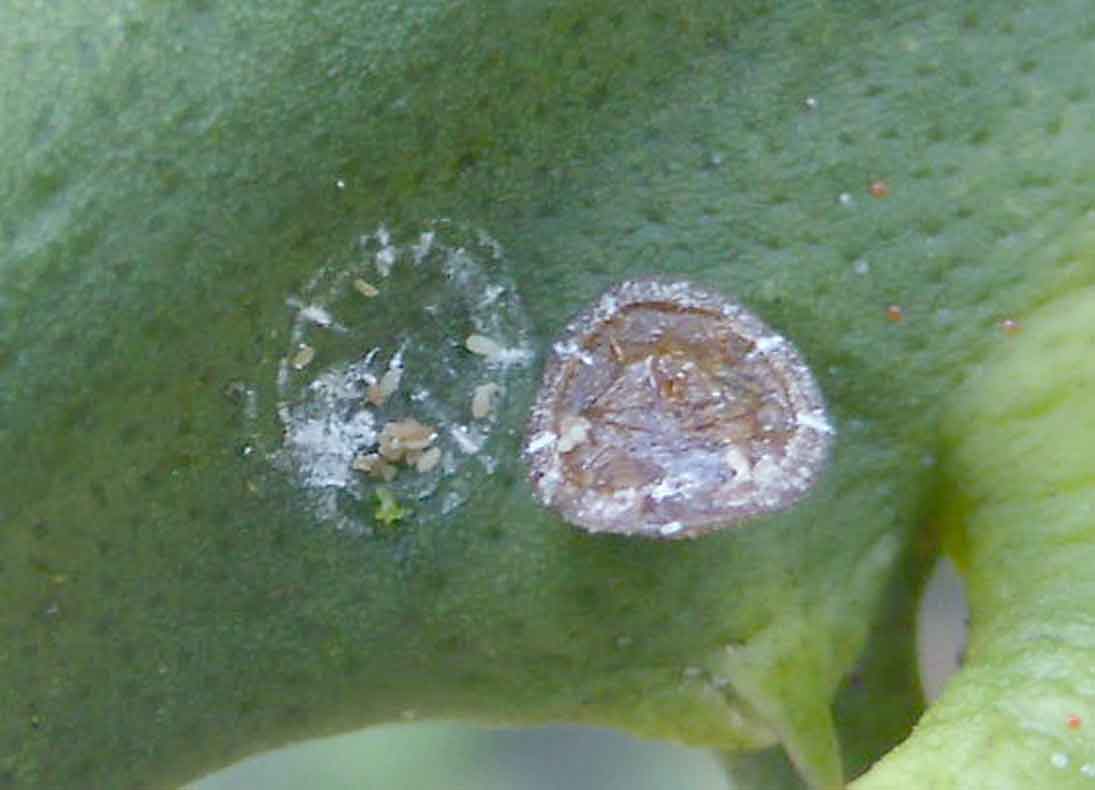|
|
| Saissetia Oleae |
| Saissetia oleae (Olivier) were collected on olives, Olea europaea L., near Al-muñécar in southern Spain, our description is based on specimens reared from S. oleae collected in Almuñécar, individuals from their progeny reared in the insectary using S. oleae on oleander (Nerium oleander L.), and specimens recovered from various sites in California where the parasitoid was released in olive orchards infested with S. oleae (Daane et al. 1991). |
|
 |
Olive Diseases and Pests described specimens were preserved by different methods.Saissetia Oleae some specimens were mounted dry, without previous treatment, on paper cards or points using book-binders' glue (Yes) as adhesive. Others were mounted on glass slides, some whole, some dissected as needed. Some specimens were cleared in chloral-phenol (10 g phenol crystals, 10 g chloral hydrate, 3 ml distilled water) and mounted in Faure's medium (60 g lump gum arabic, 100 g chloral hydrate, 25 ml 50% glu-cose, 25 ml glacial acetic acid, 120 ml distilled water). Measurements of various structures were taken from slide-mounted specimens. |
 |
During initial taxonomic and behavioral studies with the material imported from Spain, one of us (LEC) and K. S. Hagen noted inconsistencies between specimens of M. louns-buryi from California and the imported Metaphycus specimens. These observa-tions led to taxonomic, cross-mating, and behavioral studies to determine if im-ported material was a biotype of M. lounsburyi, as has been reported to occur by Panis & Marro (1978), or a different species. Females were never produced in cross-mating experiments (Barzman et al. in press). |
|
| Saissetia Oleae observations of oviposition behavior and host-feeding revealed M. lounsburyi females deposit eggs through the ventral side of the scale and were not observed host-feeding. |
| Saissetia Oleae observations of oviposition behavior and host-feeding revealed M. lounsburyi females deposit eggs through the ventral side of the scale and were not observed host-feeding. Metaphycus hageni females deposit eggs through the dorsum of the scale and frequently feed on host body fluids exuding from a puncture through which an egg is never deposited. The collective evidence indicates that M. lounsburyi and M. hageni are separate species. |
 |
|
|
|
|

